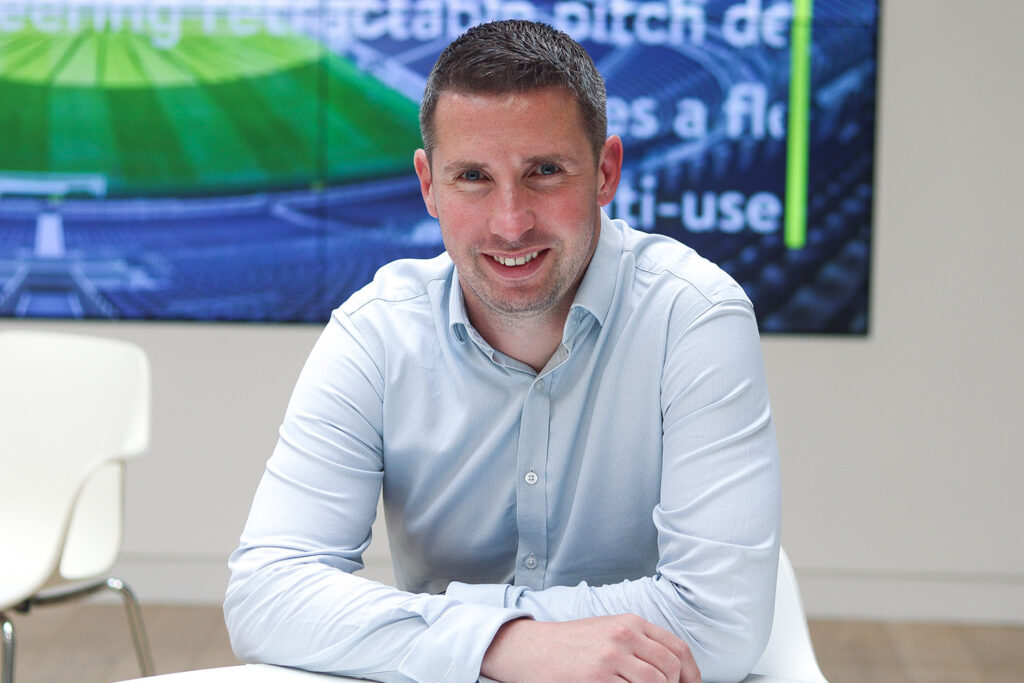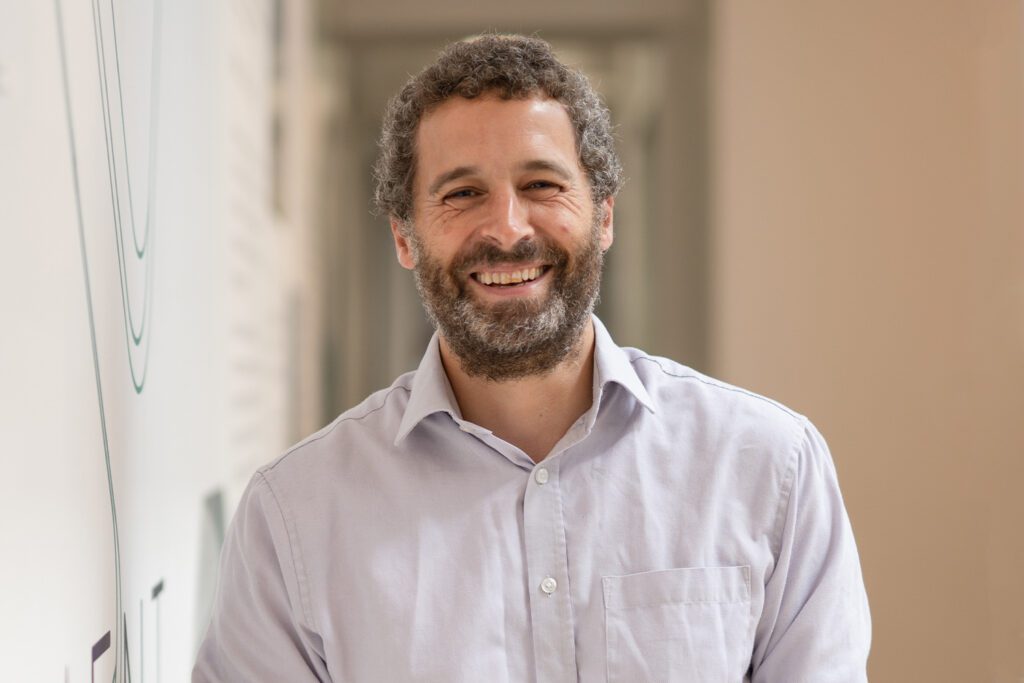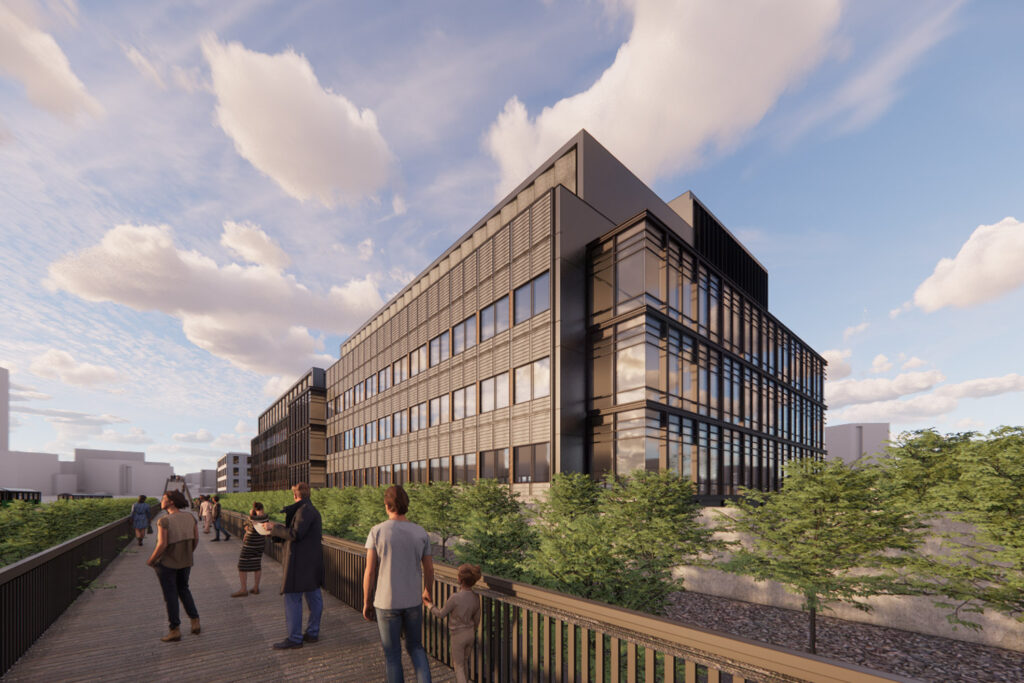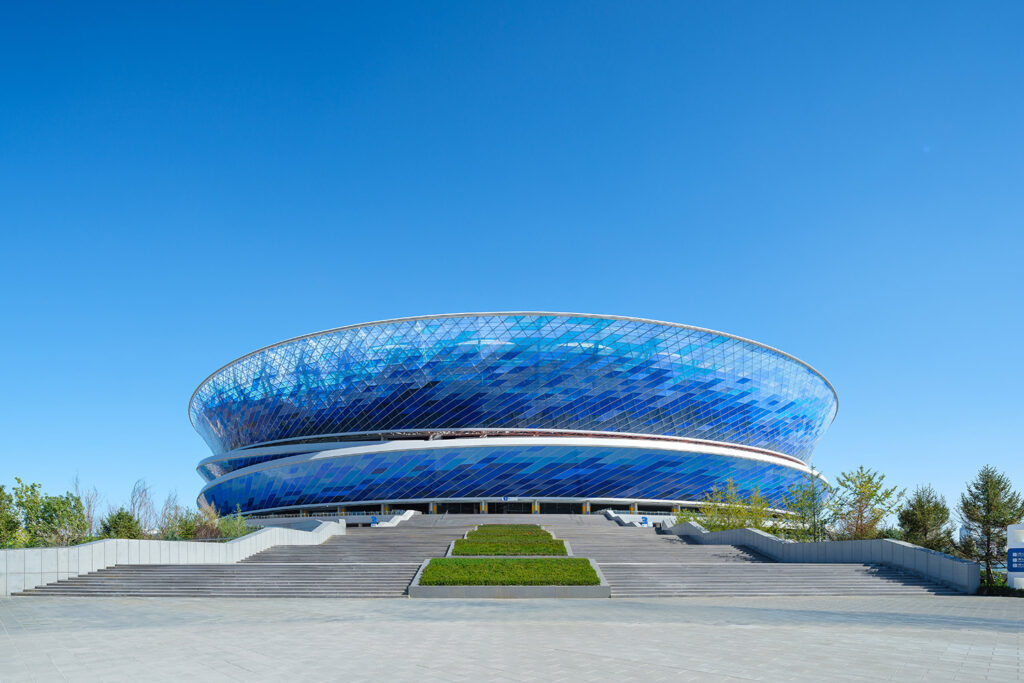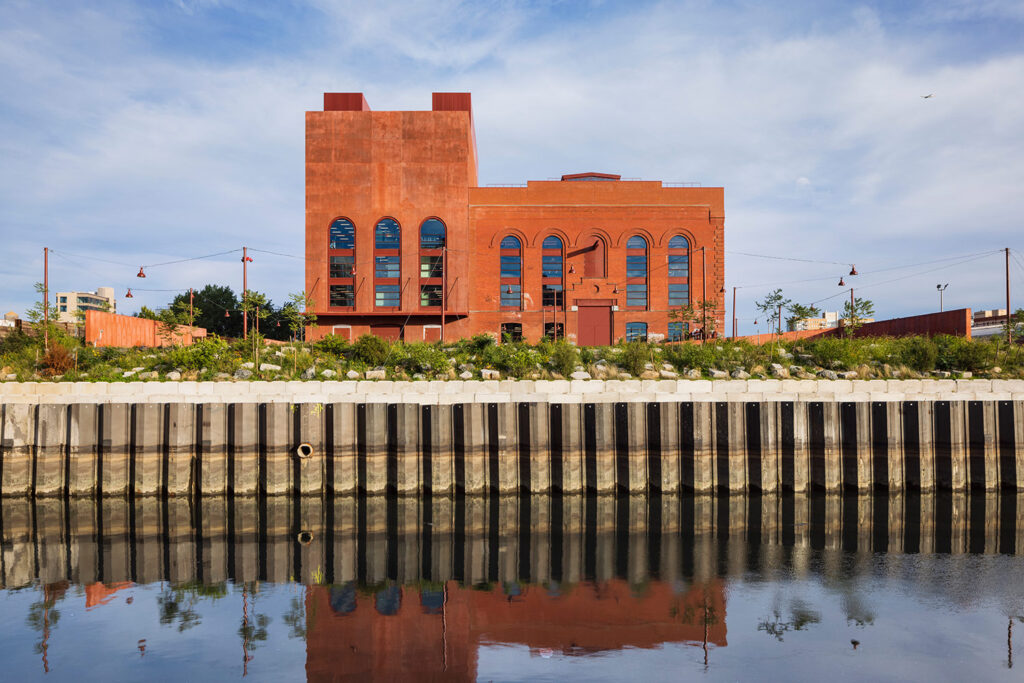
Francis Crick Institute Sustainability Strategy
London, UK
Project details
Client
Francis Crick Institute
Duration
2021 – ongoing
Services provided by Buro Happold
Environmental, Social and Governance Consulting, Laboratory consultancy, Sustainability
The Francis Crick Institute is a world-leading biomedical laboratory located at Kings Cross in central London. Opened in 2016 and with a gross area in the region of 90,000m², it is the largest life sciences laboratory in Europe and provides state of the art research facilities for around 1,500 scientists.
In line with many businesses and institutions across the UK, the Crick was looking to define their decarbonisation pathway, playing their part in supporting the UK’s Net Zero commitments and abating CO2 driven climate change impacts. The UKRI (the Crick’s governing body) had set an overarching target of achieving Net Zero by 2040 and the Crick wanted to understand how this could best be delivered for a complex research facility whilst ensuring that research was not adversely affected in any way.
Whilst significantly reducing operational carbon emissions was crucial, the Crick also wanted to push further to develop a comprehensive and holistic sustainability strategy which could help mitigate the environmental impact of all of their operations. The Crick required support to develop this strategy which needed to be underpinned by clear targets which were robust and ambitious – yet ultimately achievable.
Buro Happold’s sustainability team was initially appointed by the Crick in 2021 to develop a Net Zero Carbon strategy for the building; a particular challenge given its size, complexity, and the significant operational and technical constraints associated with the nature of research it delivers. A range of potential decarbonisation pathways were modelled, considering different timelines, technology changes, and possible on-site energy efficiency interventions.
A key part of the project was to ensure that the preferred decarbonisation pathway was underpinned by a clear and robust definition for net zero carbon. This is crucial to give client teams confidence when declaring and reporting against their net zero targets. We achieved this by aligning the strategy to the UKGBC’s net zero framework for operational carbon, which represents current best practice for buildings and ensured the strategy could be further developed under a science-based target approach (aligned to SBTi) with addition of Scope 3 emissions if required in the future.
The final output of the study was a detailed action and implementation plan based around a preferred pathway that was ultimately selected by the Crick’s Executive Board. A bespoke decarbonisation pathway tracker was also developed to enable the Crick team to monitor and report progress against the pathway on a quarterly basis. The Crick team enter monthly energy consumption and the tracker automatically calculates carbon emissions and compares progress against the preferred pathway with standardised charts to aid reporting.
Challenge
A key technical challenge for the Crick is how to decarbonise their significant heat and steam plant including gas-engine CHP and gas-fired steam boilers. The building only became operational in 2016 and the plant is relatively new with its replacement horizon some time away. Decarbonisation needs to be delivered without disruption to the operational research requirements of the facility, particularly the Home Office regulated areas. Moreover, the complexity and the energy consumption in biomedical research facilities like this are generally an order of magnitude greater than more conventional building types such as offices due to the rigorous demands of the scientific research.
Establishing a robust definition of net zero carbon is a challenge for all organisations as policy and legislation around this are moving at pace and continually evolving. It was important to navigate the Crick through the various net zero guidance and frameworks to help them understand the drivers and what would be required to ensure they had a future-proofed and robust strategy.
The Crick is a large building with multiple stakeholders and (in terms of the broader sustainability strategy) a challenge was to ensure that there was buy-in from research departments across the institution. We met this challenge by fostering ownership of the strategy from day one including facilitated workshop sessions and creation of targets and initiatives.
Our analysis also suggested that procurement (i.e. all of the products and services that the Crick purchase) was likely to be the most significant source of carbon emissions for the organisation. Currently there is a real lack of data for carbon foot-printing and wider environmental impacts of many goods and services, particularly in the science and technology sector. We put in place mechanisms for the Crick to help estimate the emissions from this based on cost, but also showed them how accuracy could be improved in the future.

Solution
Using our expertise in Net Zero Carbon and the design of Life Sciences facilities, we helped the Crick to define their preferred net zero pathway for scope 1 and 2 emissions based on balancing factors such as technical feasibility, level of disruption, and whole life cost impacts. This was all underpinned by data that the Crick’s Estate team had already been monitoring as well as an array of carbon reduction projects that had previously been implemented.
We used a range of approaches to establish the Crick’s energy and carbon performance and identified appropriate and achievable carbon reduction targets. Techniques included site visits, energy data analysis, Building Management System audits and stakeholder engagement workshops. This meant we had up-to-date information, real data, and direct feedback from the Crick onsite team to be able to accurately inform the modelled decarbonisation pathways, so they were realistic and achievable in the required timeframe. Key targets included reducing scope 1 & 2 carbon emissions by 50% by 2030, with plans in place for the client to be able to implement and monitor their performance against key KPIs.
Building on the success of the NZC strategy, the Crick appointed Buro Happold to develop their wider sustainability strategy. This strategy outlines the Crick’s approach and methodology for reducing carbon emissions and establishing sustainable operations across all their activities. It provides an agreed framework to focus investment and drive performance, as well as engage internal and external stakeholders. The strategy consists of clear time-bound targets under key sustainability themes. These targets are underpinned by a series of prioritised actions and initiatives which can be taken to minimise the Crick’s wider environmental impact. The themes push further than simply carbon emissions considering the wider environmental impacts under the headings of energy, waste, nature, transport, materials, and water. The targets have been aligned to the UN Sustainable Development Goals to ensure robustness and aid external communication. Similarly to the NZC strategy, a tracker tool has been provided which enables the Crick Team to monitor and report progress across all the sustainability targets on a quarterly basis to internal and external stakeholders.
Ultimately the success of the NZC and sustainability strategies will be driven by the client team within the organisation itself and the Crick Estates team are one of the most engaged, motivated, and educated client teams that we have worked with.
One of the most enjoyable aspects of the project was working with such an engaged, motivated and educated client team. It really felt like a shared journey, and the speed that the Crick team began to implement the NZC measures was particularly impressive. We were able to see the impact of measures being implemented whilst we were still delivering the project. The opportunity for us to contribute to the process of securing ultimate board sign off on the NZC strategy was also particularly interesting from consultants’ point of view and helped us to tailor the outputs to make them as useful as possible to the client team.
Jake Williams, Director – Sustainability & Physics, Buro Happold

Value
To inform the pathways, a long list of potential carbon reduction strategies was established via energy auditing, BMS reviews, and advanced energy analysis techniques. This long-list of measures was then prioritised with key stakeholders through multi-criteria analysis considering cost, carbon savings, and operational risks. The prioritised measures were then programmed into different pathway scenarios through a series of facilitated workshops, which set out achievable decarbonisation timelines given plant condition, programme, and resource considerations. This stakeholder engagement provided added value to the project ensuring that the proposed measures were implementable. Each of the decarbonisation scenarios was lifecycle costed and assessed for technical and operational risks with the key decision points for implementing technology changes identified, whilst still maintaining the required decarbonisation trajectory. This allowed the Crick team to consider the cost effectiveness of the pathways and make an informed decision about their decarbonisation trajectory.
For the overall strategy to be successful, it was crucial to have buy-in from across the organisation. The sustainability strategy was created with the Crick through a series of facilitated workshop sessions with key stakeholders from all levels of the organisation. External partners and peers were also engaged to establish best practice and lessons learnt. These sessions involved collaborative exercises where the Crick explored opportunities and constraints for integrating sustainability within its current processes and highlighted where governance mechanisms needed to be implemented to be able to effectively monitor sustainability performance. Again this type of stakeholder engagement is extremely valuable, raising awareness of the strategy and fostering buy-in across the organisation. The workshop sessions also resulted in an agreed series of initiatives that could be implemented to improve sustainable performance, ultimately helping to achieve sustainability targets.
It was a pleasure working with the Buro Happold team on both the Net Zero Carbon Strategy and the development of the Crick Sustainability Strategy. Buro Happold was extremely professional and it actually felt that they were an extension of our team, listening to our needs and tailoring outcomes to the Crick which were bespoke rather than general. The knowledge and experience they shared with the Crick, particularly on the NZC strategy, was a big learning curve for most of the Crick Facilities and Infrastructure team and the patience Buro Happold had with the team to ensure we understood all aspects and details was outstanding. This strong partnership enabled the Crick to successfully gain approval for our NZC pathway and for the Sustainability Strategy and gave the team the confidence to deliver the plans approved.
Rajnika Hirani, Head of Sustainability, The Francis Crick Institute





